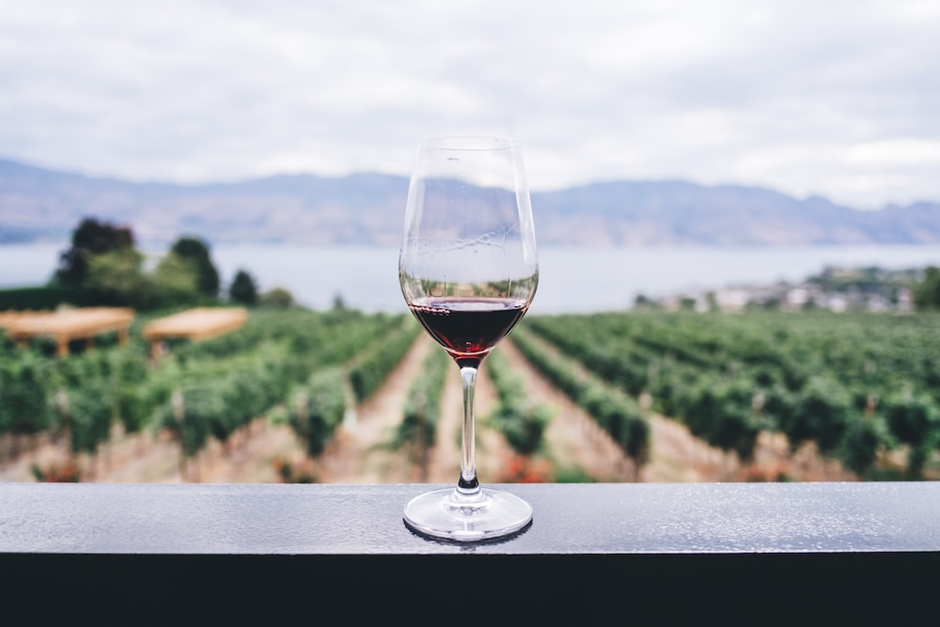
Many industries rely on specific conditions to produce the goods our populations need to survive and thrive. Providing these goods can become more challenging when those conditions change. That’s why climate change is so concerning for many of our world’s largest goods producers. If they can’t adjust to our new weather normal, they might not be able to meet global demand.
Vineyard operators are among the most adversely affected by climate change. As we know, they need specific climate conditions and ecosystems to produce quality wine. From increasing costs to earlier harvesting, here are five ways climate change impacts our world’s wineries.
Costs Are Increasing
Vineyard owners already know their industry can be costly. Everything from labor and genuine grape harvester parts to bottling and marketing comes with a price tag. However, climate change could add its own line to vineyard owners’ expense sheets.
Wine producers are having to explore new wine varieties to combat changing temperatures. They’re also tackling significant losses due to unexpected weather events. These all come at a cost, which, unfortunately, are often passed on to consumers.
We May Say Goodbye to Eiswein
Eiswein, also known as ice wine, is a dessert wine formed by leaving grapes on the vine until frozen. This unique German wine allows for extra fruitiness, sweetness, and acidity. Eiswein is already a rare wine, but climate change might spell its eventual end.
Between 12-14 degrees Fahrenheit is the ‘sweet spot’ for eiswein’s creation. When conditions aren’t cold enough, winemakers can’t produce much or any eiswein for the market. Many wine industry publications have already reported that it is becoming harder to create eiswein, with some winemakers having wholly unsuccessful seasons in recent years.
Harvesting Happens Earlier
Europe has been experiencing extreme summer temperatures in recent years. These high temps affect grape maturity patterns, often resulting in earlier harvests. If pickers were to leave grapes on the vine until the ‘normal’ harvesting time, flavor and freshness wouldn’t be guaranteed.
Spain and Portugal, in particular, are seeing these seasonal shifts the most. A study in Nature found that growing in Iberian Peninsula regions could decrease by up to 99% by 2050 due to water deficits. These deficits make land no longer suitable for grape growing.
Vineyards Must Focus On Water Efficiency
Growing grapes is a water-intensive activity. For example, wineries in California use as much as six gallons of water to one gallon of wine once grapes have been harvested. That doesn’t even include the water needed to help vines thrive.
With warmer temperatures and less rainfall, vineyard owners must explore new ways to save water while maintaining high yields. Fortunately, researchers are already onto it. Studies have found that vineyards might be able to use half the volume they usually use for irrigating without affecting fruit color, flavor, and sugar content. The long-term goal is one gallon of water to one gallon of wine.
Growers Need to Consider New Varieties
Vineyards grow the grapes that best suit their climates. With those climates changing, it can mean that the varieties they’ve produced for decades no longer yield the best results. Therefore, many vineyard operators must consider new grape varieties. The new focus is on grapes with shorter growing cycles and better abilities to thrive in warmer weather.
Developing them takes time, money, and research. Plus, it requires the general public to adapt their taste buds!
Vineyard owners can’t ignore climate change. With rising temperatures worldwide, now is the right time to consider costs, grape varieties, growing locations, and water usage. Making changes now ensures consumers will still have access to high-quality wine in the future.








